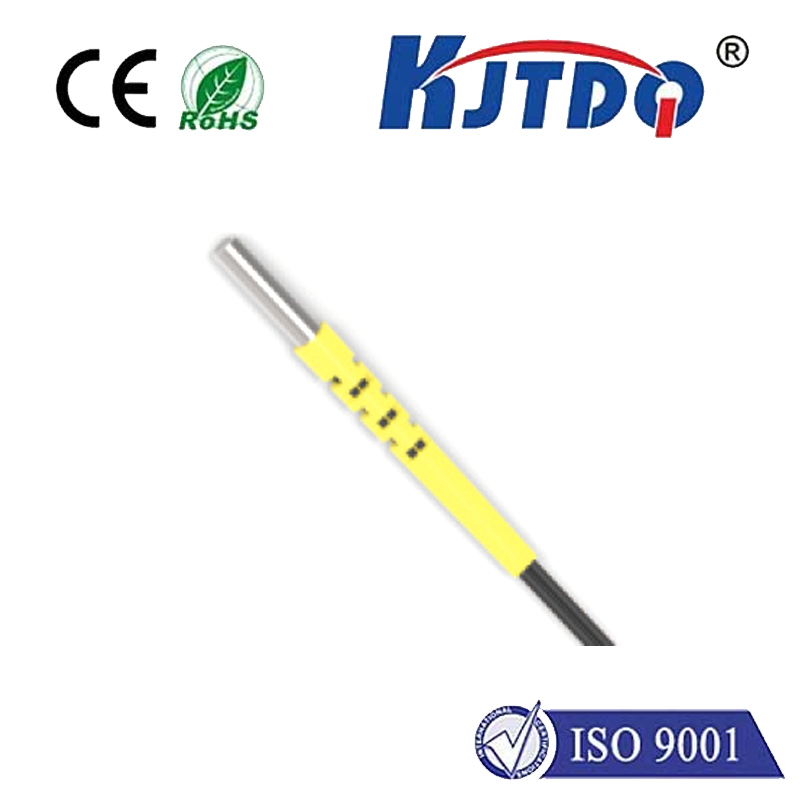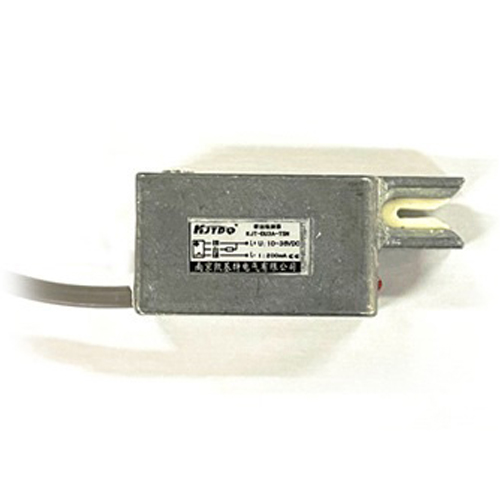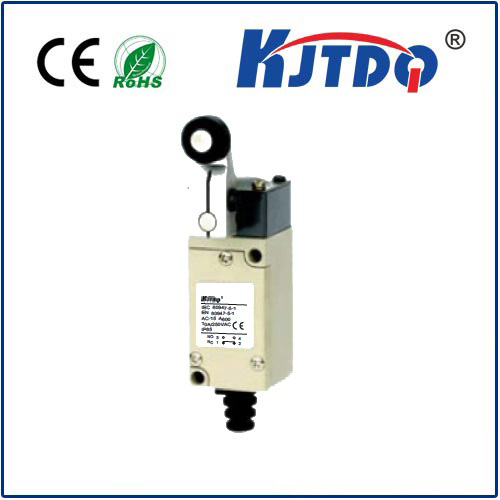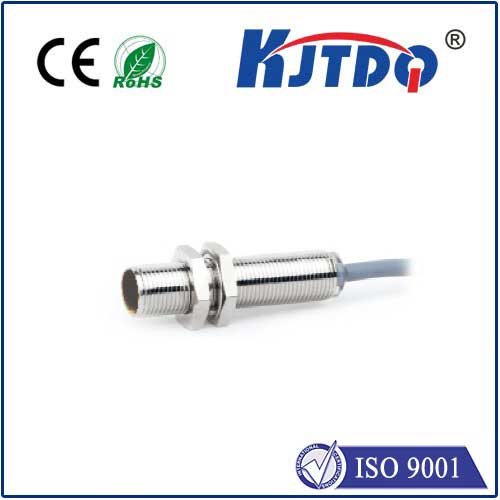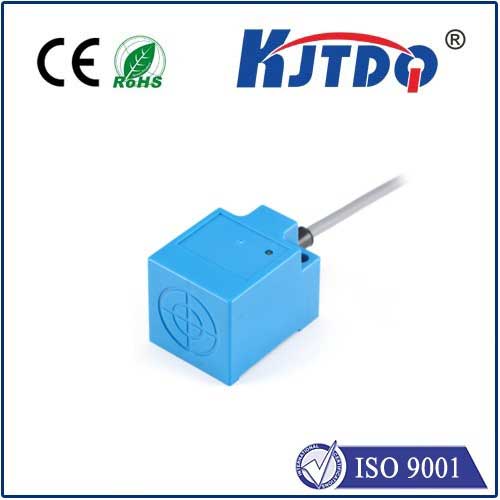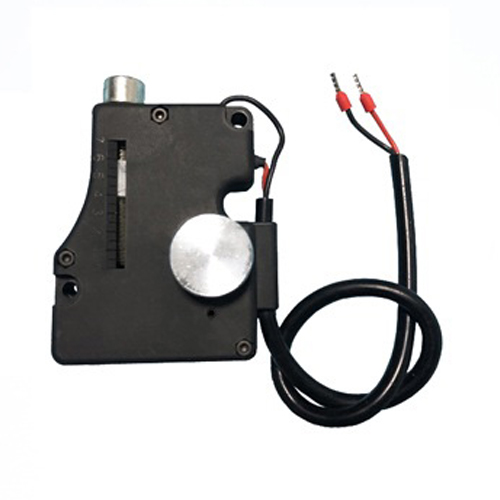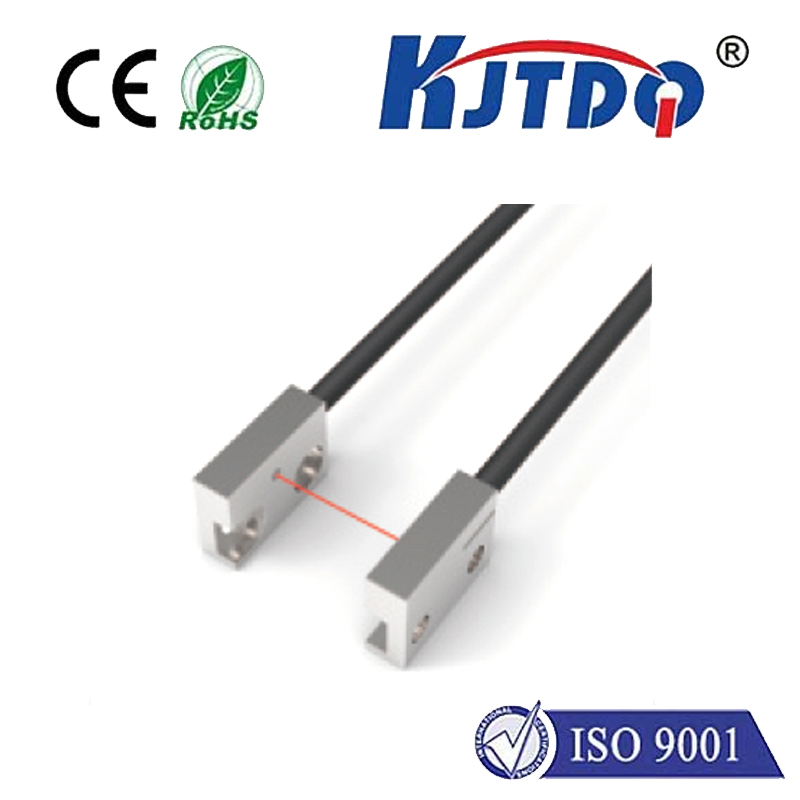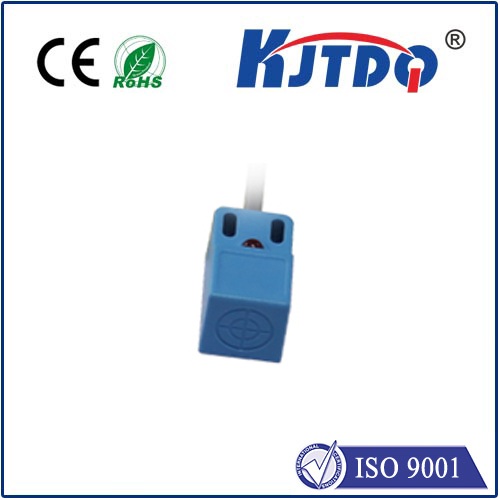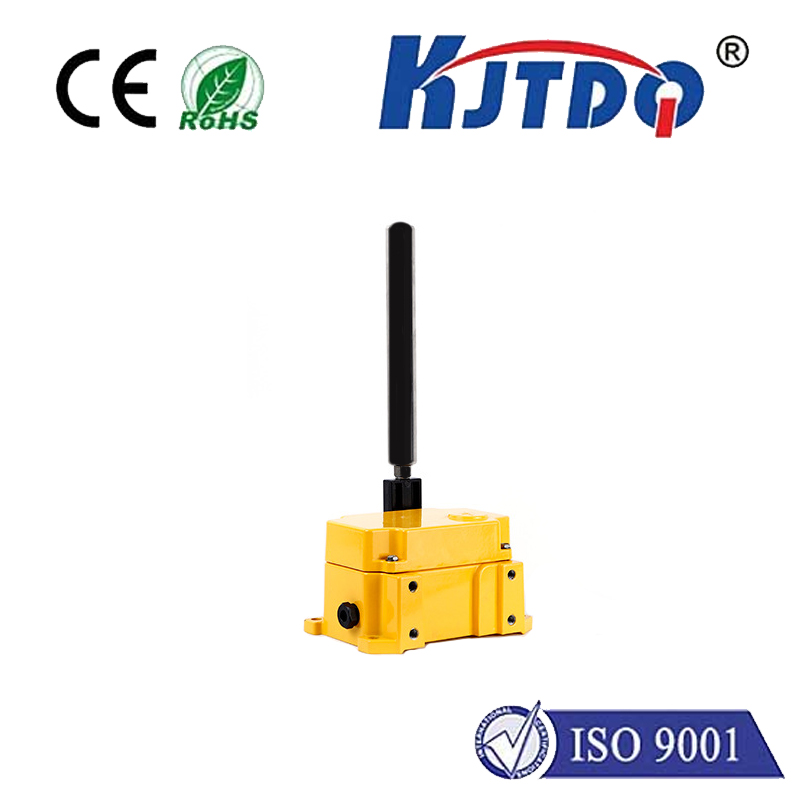

check

check

check

check

check

check

check

check

check

check

Title: The Versatility and Importance of Reflective Photoelectric Sensors Introduction In the realm of automation and sensing technology, reflective photoelectric sensors have emerged as indispensable tools across various industries. These devices, also known as optical sensors, play a crucial role in object detection, distance measurement, and positioning systems. This article delves into the working principle, applications, advantages, and the future prospects of reflective photoelectric sensors. The Working Principle of Reflective Photoelectric Sensors Reflective photoelectric sensors function by emitting a beam of light towards an object and receiving the reflected light. They consist of a light-emitting diode (LED) that sends out infrared or visible light, and a photodiode or phototransistor that detects the reflected light. When the emitted light bounces back from an object, it is captured by the receiver, and based on the intensity of the returned light, the sensor can determine various factors such as the presence of an object, its distance, or its movement. Applications Across Multiple Industries The versatility of reflective photoelectric sensors allows them to be utilized in diverse sectors including manufacturing, automotive, robotics, and security systems. In manufacturing, these sensors are instrumental in guiding conveyor belts, sorting products, and ensuring proper packaging. Automobiles use them for reverse parking assistance, blind-spot detection, and adaptive cruise control. Meanwhile, in robotics, they aid in navigation, obstacle avoidance, and precise movement control within industrial automation processes. Security systems employ reflective photoelectric sensors for automated door controls, intrusion detection, and surveillance. Advantages of Using Reflective Photoelectric Sensors One of the primary benefits of reflective photoelectric sensors is their non-contact nature, which means they can operate over long distances without physically touching the target object. This reduces wear and tear typically associated with mechanical switches. Additionally, they offer high speed and accuracy, making them ideal for applications where rapid response times and precision are critical. Their ability to function in challenging environmental conditions, such as dusty, humid, or dark settings, further adds to their reliability and robustness. Future Prospects and Innovations As technology continues to evolve, so too will the capabilities of reflective photoelectric sensors. Future advancements may include improved sensitivity, allowing them to detect smaller or more transparent objects with greater ease. Integration with artificial intelligence could enable more sophisticated data analysis and decision-making processes based on the sensor outputs. Moreover, miniaturization will lead to even more compact sensor designs, opening up new avenues for their use in portable and handheld devices. Conclusion Reflective photoelectric sensors stand at the forefront of modern sensing technology due to their adaptability, reliability, and efficiency. With ongoing research and development, we can anticipate even more innovative applications and enhancements to these already invaluable devices. As industries continue to automate and integrate advanced systems, the role of reflective photoelectric sensors is only set to grow increasingly significant.
